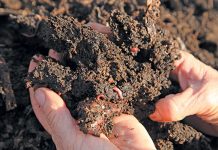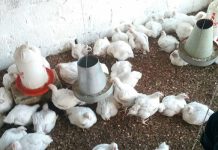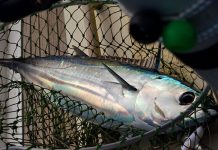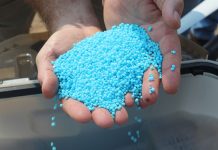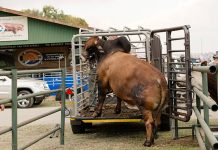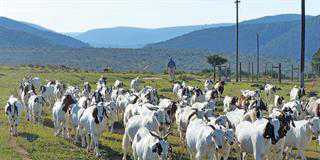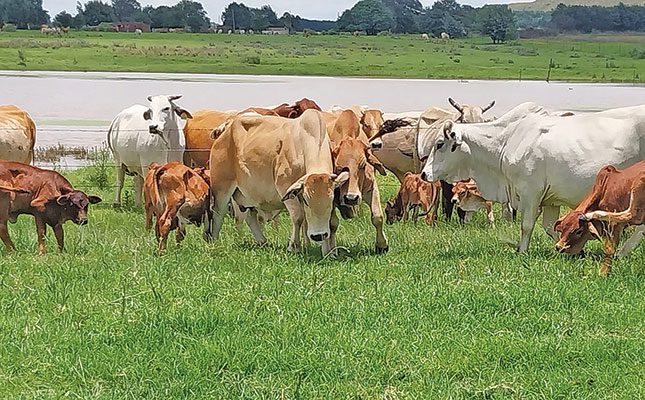
Photo: Annie Coleman
The concept of epigenetics refers to the idea that the environment can influence genetics without altering DNA.
DNA is the foundation of all life. Epigenetics refers to changes in DNA function without altering the DNA sequence, keeping the DNA unchanged.
When asked what the consequences of these changes in DNA function could be, Prof Michiel Scholtz, specialist researcher at the Agricultural Research Council, said:
“The change in the function of the DNA results in changes to the phenotype (appearance/performance) without any changes to the DNA itself. These changes are influenced by environmental factors and can also be passed on to the offspring.”
The famine in the Netherlands in 1944 during World War II brought forth the first evidence of epigenetics in humans. Children of pregnant women who were subjected to the famine were smaller and more susceptible to certain diseases.
Surprisingly, these effects were also transmitted to the children of these Dutch children.
According to Scholtz, environmentally induced epigenetic information appears to be transmitted via the egg and sperm. This then serves as a form of preprogramming in the offspring.
If the survival of the parents is influenced or limited by environmental factors, the offspring will be preprogrammed with the necessary information to allow them to survive in an unfavourable environment.
However, if the environment differs from what was predicted, this could lead to maladaptation.
Epigenetics is associated with gene expression and, thus, different phenotypes.
These modifications are influenced by environmental factors and can be passed on to the offspring of complex organisms, including livestock.
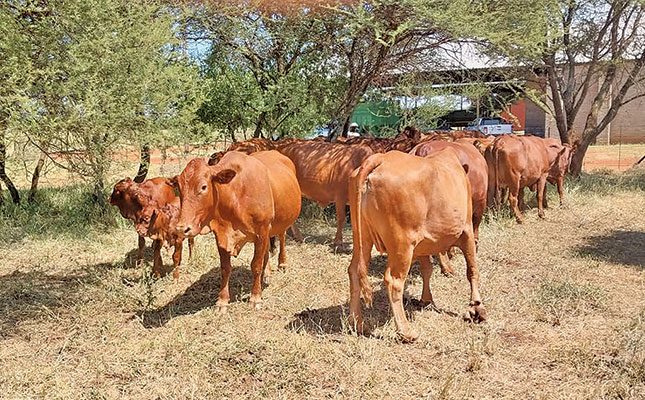
Epigenetics and production
“The question is whether epigenetics can play a role in animal production. Since both milk and meat production can be influenced by environmental factors, it may be possible to use epigenetics to manipulate production,” says Scholtz.
It may also be possible to use epigenetics to adapt the next generation of animals to specific environments.
“This process is going to be faster than conventional Mendelian genetics, which is a slow breeding process, because it can happen within one generation.”
Scholtz explains that this concept also forms the basis of nutrigenomics, where the interaction between nutrition, epigenetics and the genotype of animals can be increasingly investigated and exploited.
Epigenetics is already being used to make chickens more heat resistant, and producers in New Zealand have already made progress in applying it to dairy cattle.
However, current breeding programmes do not yet take epigenetics into account, as this is still a very new field. In South Africa, there are no direct studies on this phenomenon yet.
Quantitative genetics
In a report by Sciencedirect.com it was explained that animal breeding has developed from visual assessment of desirable traits, use of complex quantitative genetic tools, animal breeding models, and reproductive technologies to the genomics era and is potentially moving toward exploitation of the epigenomics phenomenon as well as other emerging technologies.
Current breeding schemes only account for part of the phenotypic variance in traits, while the elusive portion could be due to other factors, including epigenetics.
Numerous lines of evidence have shown that epigenetic mechanisms (DNA methylation, RNA methylation, histone modifications, chromatin remodelling, and noncoding RNA regulation) profoundly influence livestock growth and development as well as phenotypic outcomes.
“This type of technology can hopefully lead to precision farming where specific diets can be formulated for specific breeds or specific production systems. If a ration can be formulated that results in a reduction in methane emissions, the animal can have a higher or more efficient production since less energy is lost as a result of the methane production. It will also result in a lower carbon footprint,” says Scholtz.
Embryonic environment
According to a recent report published by Genomebiology.com, embryonic and foetal environments can permanently impact individuals, influencing their future growth, development, and health.
Most of these effects are elicited through epigenetic mechanisms and may determine the metabolic function, behaviour, and the performance of the offspring and even of their progeny.
Epigenetics is also attractive for animal breeding because it may help identify part of the missing causality and heritability of complex traits and diseases. Epigenetics and epigenomics pose new opportunities in livestock and aquaculture for obtaining further knowledge of biological processes and for management and genetic improvement.
Growing interest
The last couple of years were characterised by a growing interest in the possible applications of epigenetics aimed at improving livestock production and welfare.
According to the Canadian Society of Animal Science, livestock are exposed to many environment-related factors during a production cycle, which interact with their epigenomes and the underlying genomes to determine phenotypic expression.
Research shows that epigenetic factors are involved in the modulation of livestock reproduction, growth, productivity and health, and are additional layers of information that can be exploited for livestock management and improvement.
Exploring these non-DNA-based inheritance mechanisms, especially DNA methylation inheritance, could help farmers better understand how phenotypes are determined and used for management and selection decisions.
“Genomic selection and the use of elite sires are important tools for improving traits in the context of livestock breeding. However, performances are also impacted by environmental factors, thus limiting the efficiency of genomic selection. Because epigenetic mechanisms translate the environmental effects at the genome level, they are a potential source of phenotypic variance currently unaccounted by genomic selection,” the Canadian Society of Animal Science report states.
There are growing opportunities for research into the direct and indirect links between environment, epigenome, genome and the ultimate phenotypes, and for the application of this knowledge to improve livestock production and welfare.
In due course, the livestock industry will have the increased ability to tailor animals’ epigenomes to produce phenotypes that are more desirable while also improving animal welfare and resiliency.
Email Prof Michiel Scholtz at [email protected].



